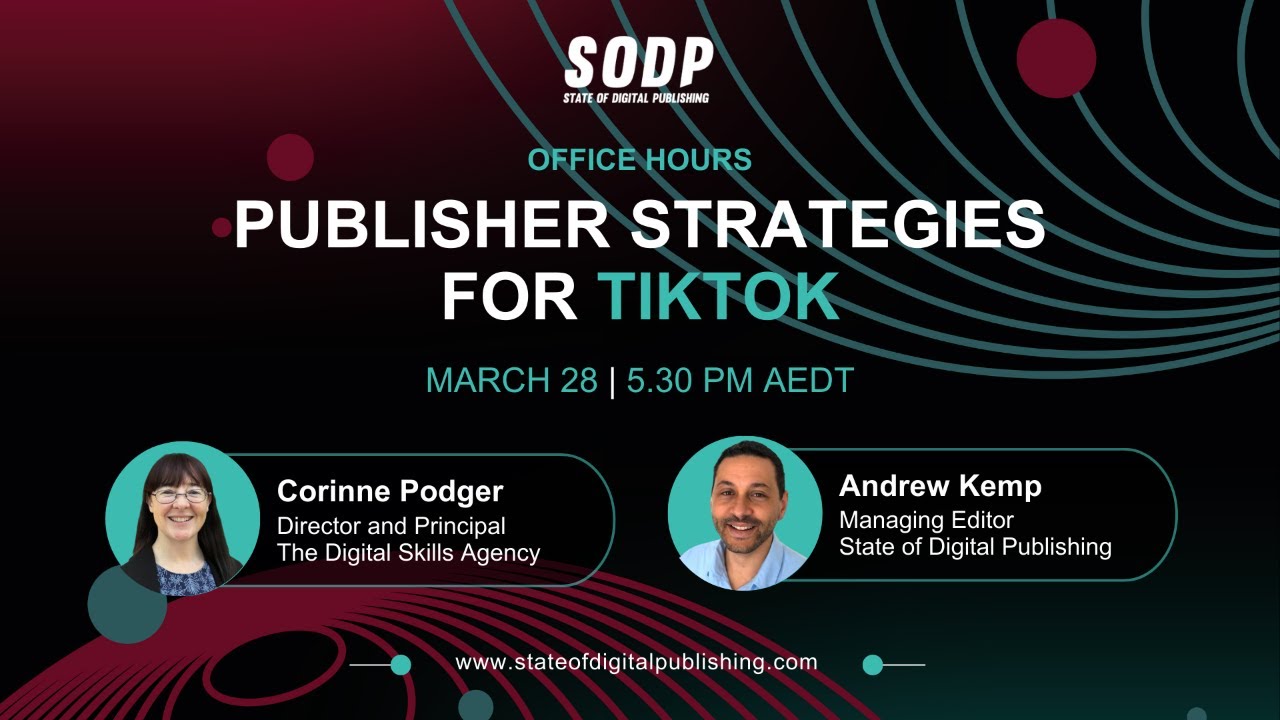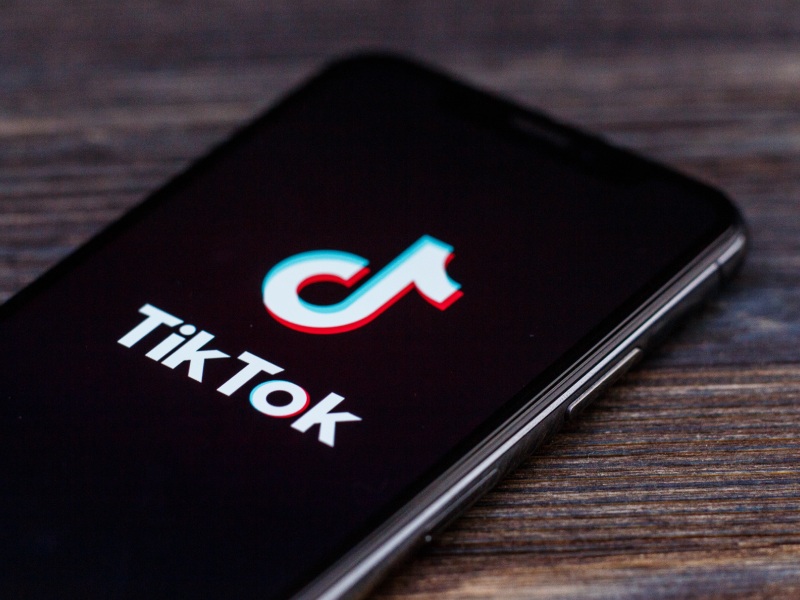How can publishers leverage panels to understand consumer behavior and better serve their advertisers in the cookieless future?
With the depreciation of identifiers like cookies, mobile IDs and hashed emails, publishers may feel like they’re losing the ability to understand their audience’s behavior and the impact of ad exposure on their platforms. Panel-based measurement not only solves this problem for publishers but also gives them new advantages in the post-cookie world.
Using panels for ad measurement instead of relying on cookies actually enhances a publisher’s visibility into how well they drive results for a brand. For example, after exposure to an ad on the publisher’s platform, did a consumer search for the brand or competitors within the category? Did they shop for the product and did they buy it? Usually this kind of data is impossible for publishers to see, making it hard to prove the value of their media — but with a unified behavior and opinion panel, such as DISQO provides, a publisher’s total impact on a brand is revealed. Plus, panels also allow publishers to prove the value of all of their inventory, even audience extension through syndication on platforms.
Publishers, brands, agencies… the entire industry should reconsider the power of panel-based solutions. DISQO, for example, offers an effective alternative to pervasive tracking that respects consumer choice and provides the audience insights publishers need through our 100% first-party, opted-in panel which has more than 10M users. Today, panels can be much larger than the traditional household panels of the past, with millions of members engaged and happy to share information about their opinions and digital lifestyles.
In what ways can mid-level publishers utilize panel data to compete in today’s crowded market?
While large platforms are able to provide reach and programmatic platforms are able to provide speed, publishers really are the only ones that bring wisdom about audiences to brands. It’s publishers who understand what motivates and engages an audience because they make content for their audiences every day. Using opinion and behavior panels for consumer research allows publishers to provide consumer insights to brands that marketers can’t get elsewhere. Panels put a spotlight on publishers’ best asset — their audience.
Just recently, DISQO worked with a publisher to develop a comprehensive overview of how people used mobile games in their daily lives, a topic this publisher knew well, but the industry was still learning about. After publishing the results together, the publisher landed a new six-figure advertiser and generated hundreds of new leads that were interested in running ads in their inventory. People like to work with experts, and companies like DISQO can show off a publisher’s expertise… and drive revenue.
How have today’s panels evolved over the years and what makes them effective for delivering business insights to publishers?
Traditional panels were small because they required in-home installation, cumbersome phone calls, emails, or diaries. Today, internet-enabled mobile technology makes it much easier for people to participate in panel-based market research, anytime and anyplace. They can contribute passive data seamlessly or engage with surveys whenever it suits them.
We’ve found that if you give people an engaging and rewarding experience that offers an incentive for sharing, many are very happy to participate in a panel. The key is to give them transparency and control, so they decide how their data is used and also share in the value of their data.
Why do you believe publishers should glean insights from panelist versus other post-cookie-solutions? In other words, what differentiates panels?
Three reasons. First, panels provide a permission-based approach and at this point, I think we can all agree that respecting consumers’ privacy is a paramount ethical and legal concern.
Second, using a panel like the one offered by DISQO gives publishers the opportunity to combine attitudes and behaviors to better showcase their audience. It’s pretty useless to know what behavior someone had if you don’t know why, and it’s not helpful to know what they said they will do if they don’t do it. You need to bring what people say and do together — and panels with surveys and passive behavioral data do just that.
Third, behavioral data cultivated in a panel-based approach can give the most complete view across all platforms. This solves the problem many publishers, brands and agencies are facing as measurement becomes more fragmented and siloed.
Content from our partners
What do publishers need to know about panels to be successful in the increasingly privacy-focused world?
Publishers and panels go together perfectly because they are both advocates of first-party data. Members choose to join panels and are typically compensated in some fashion for their participation in the same way publishers provide great content and experiences.
Who wants to wrestle with the anonymous identifier of the moment? Asking people to share their experiences is truly the most future-proof technology — one that can deliver great revenue opportunities for publishers as well.












